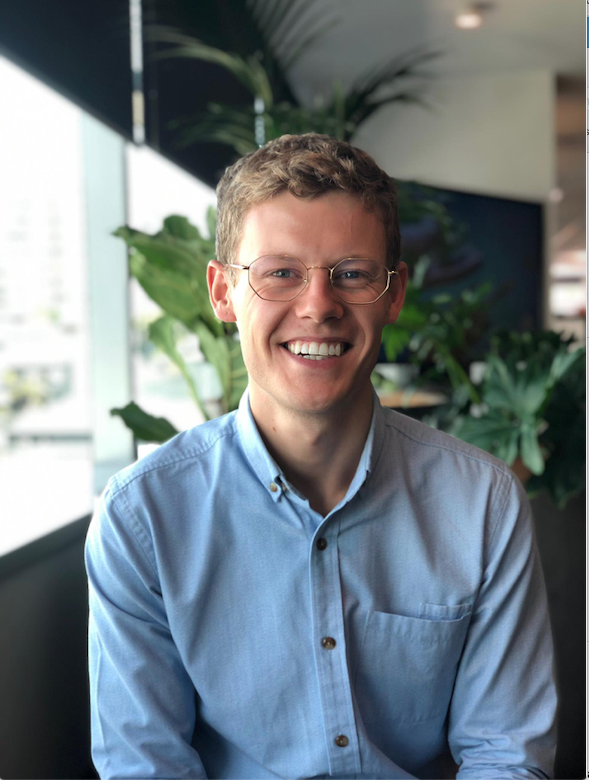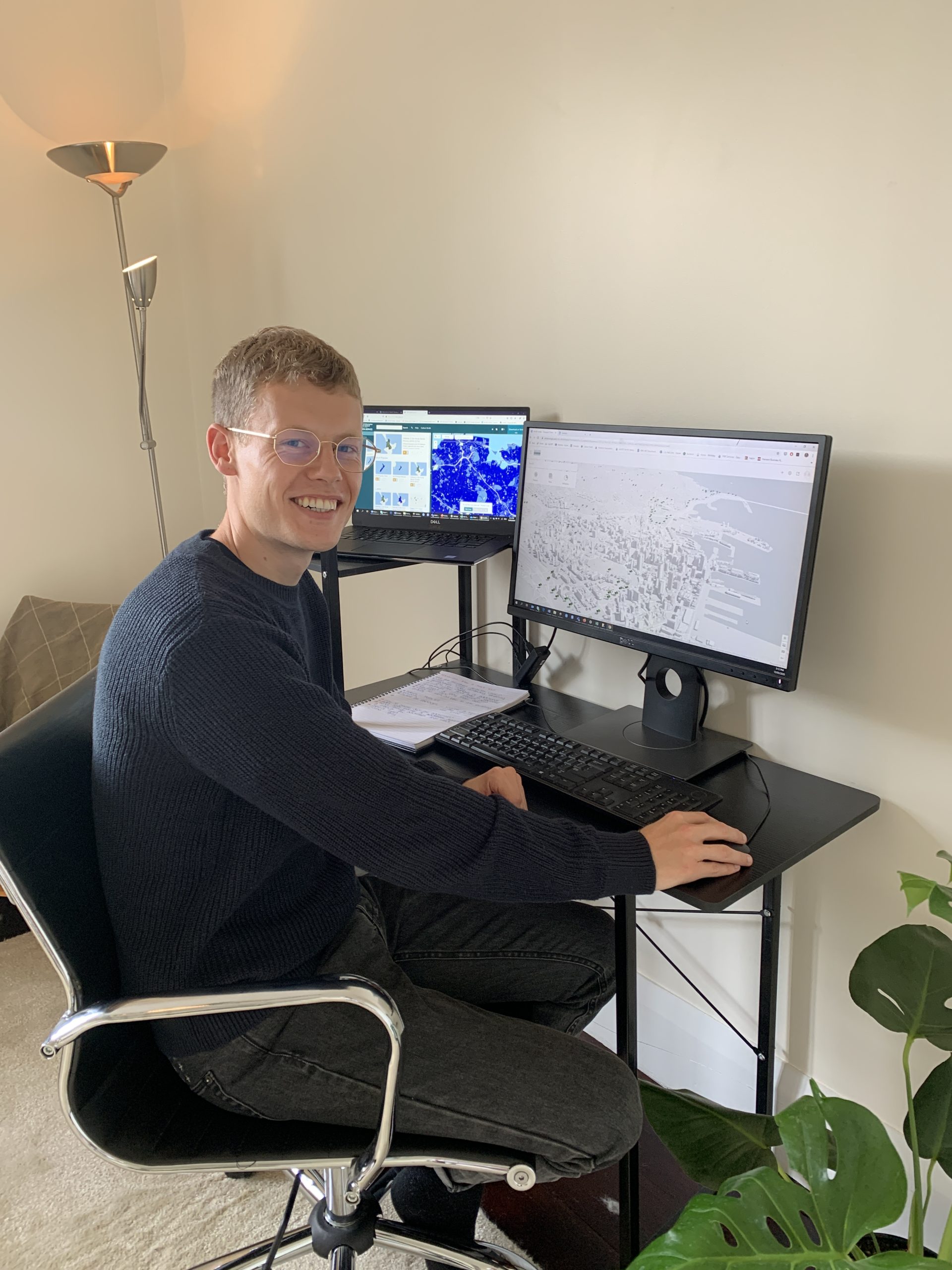 Callum, what is your work background?
Callum, what is your work background?
I started at Aurecon in 2017, when I took up a position as a graduate geospatial consultant in the land infrastructure unit. The geospatial discipline is possibly not as well-known as other engineering spheres. People working in the geospatial field specialise in the capture, management and analysis of locational data. We then correlate seemingly unrelated data and predict spatial patterns which facilitates more informed decision making. I specialise in improving efficiencies through automation and the correlation of data from many different engineering disciplines which can then be used in the development of 3D visualisation projects.
What is the most exciting project you have worked on so far in your career?
I think my favourite project to date involved a proof-of-concept for Auckland Council. The project involved finding a way to stream the council’s Geo Map GIS data into a 3D virtual reality environment. It was a very challenging project but definitely interesting.
How is 3D visualisation changing the world of engineering?
I’m becoming more involved in this aspect of engineering. I have recently completed a Master of Science majoring in Geospatial Science. My research focused on accelerating infrastructure development by automating elements of the visualisation stages and improving stakeholder engagement. During my research for the degree, I found that 3D visualisation not only improved stakeholder engagement but helped the community, our clients and the internal project team get an improved understanding of the project in context. The visualisation helps all stakeholders understand where the project is located, how it interacts with the physical environment and provides a better understanding of how the project will impact the broader community. Creating this sort of visualisation is a big step forward for stakeholder engagement and accelerating the design of the project.

You were instrumental in the formation of the LGBTI+ in STEM group in New Zealand. What are the aims of the group?
The primary purpose of the group is to improve the visibility of the LGBTI+ community within the STEM fields. We are hoping that an improvement in the profile of the community will have a positive effect on the retention of LBGTI+ employees within the STEM fields and LBGTI+ students within the STEM majors at university. Retention rates in both these areas are currently quite poor. The group also facilitates improved visibility and inclusion within the engineering industry so that employees can bring their authentic selves to work, which in turn results in improved productivity. The group provides a networking and support platform for people in STEM who may not necessarily be in the most accepting work environment and provides advice on how to champion initiatives like the Rainbow Tick within their organisation. One of the great things about the group is the ripple effect that it’s having on the engineering industry with several of the larger consultancies now working towards Rainbow Tick accreditation.
What changes would you like to see for the LBGTI+ community in the engineering industry over the next five years?
Even in the past year, we have made a lot of progress. Many companies have reviewed their internal policies regarding the acceptance of the LGBTI+ community and have decided to work towards Rainbow Tick accreditation. Some people may see this as a box-ticking exercise, but we must ensure that the businesses that do become accredited walk the talk and continuously strive to improve their diversity policies. Aurecon is super inclusive of the LGBTI+ community, but there’s always more that we can do. I think businesses should hold each other to account over inclusiveness, and by encouraging them to take many small steps, we will finally get to the place we should be.
Are you pleased with the progress the group has made in a short time?
It’s heart-warming. When the group formed, I didn’t think the ripple effect would happen so quickly, but so many companies have jumped on board. They have come to realise that developing inclusive policies is not only the right thing to do, but it’s excellent for their business, clients and the community we serve.
When you were considering starting the group, were you concerned that it may not be accepted?
I had my doubts about the amount of interest that there would be in the group. I spoke to a few people that I knew in engineering and the rainbow community, and their advice was to go for it but take small steps. I decided to write a LinkedIn article about the formation of an organisation that would support the LBGTI+ community. Towards the end, I asked for anyone who was interested to get in touch. Over the next week or so, my email inbox overflowed with replies. I was approached by workmates, who wanted to know more about the formation of a group. That gave me the kick start that I required, and I was thrilled that the group gained a massive amount of traction right from the start. While I was advised to take small steps at the beginning, I have made a few giant leaps which thankfully have mostly paid off, and the group is going from strength to strength.
What advice would you give to anyone who is thinking of joining the consulting and engineering industry
I love the industry. No two days are the same, and the projects that we work on are so diverse. I am the type of person who needs to be stimulated and challenged in the workplace, and if that sounds like you, the consulting and engineering industry is the place for you.
